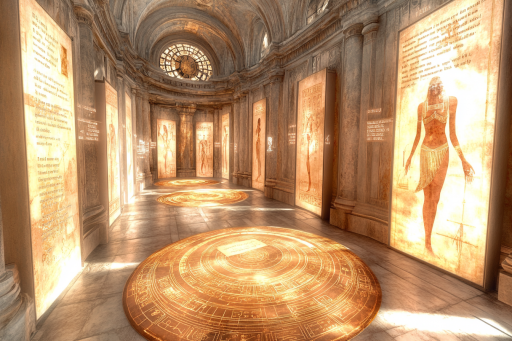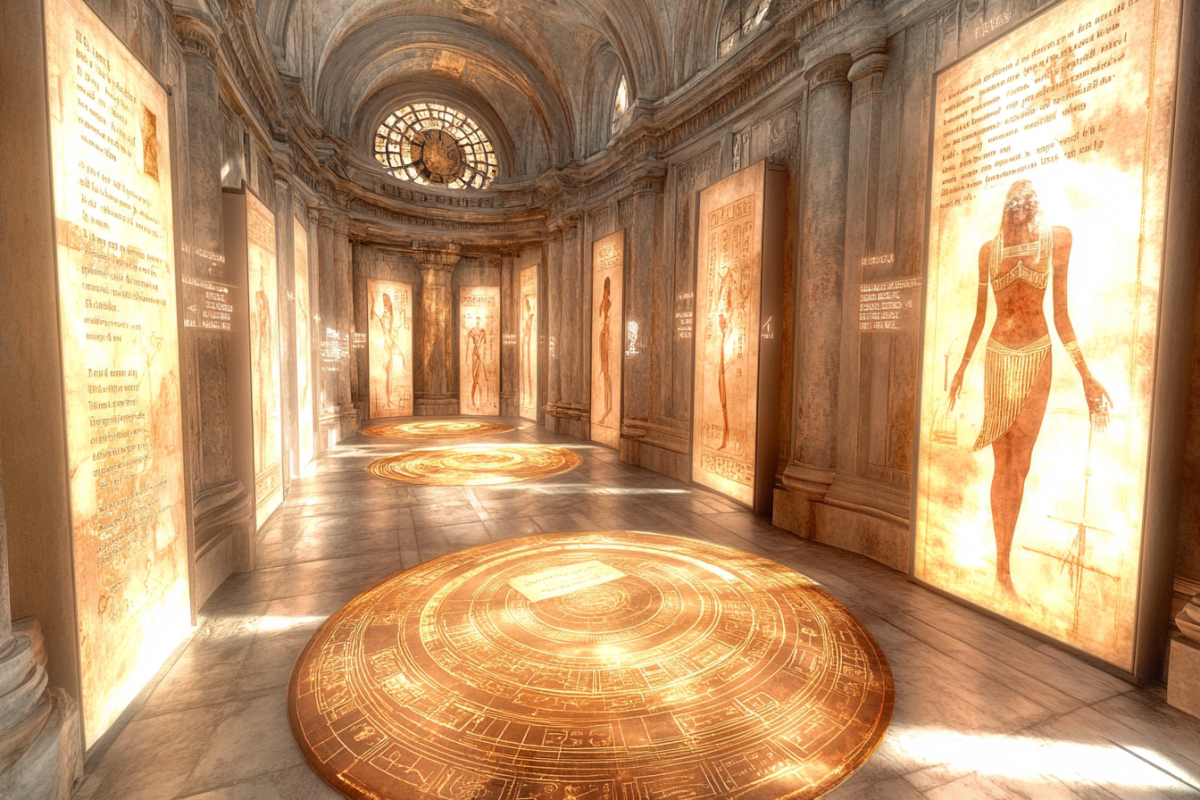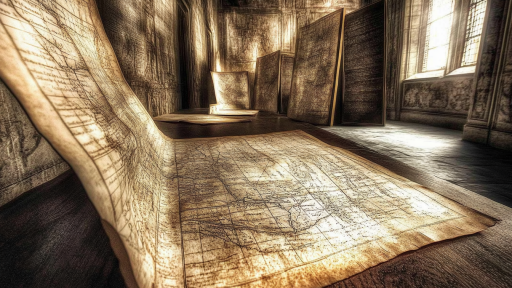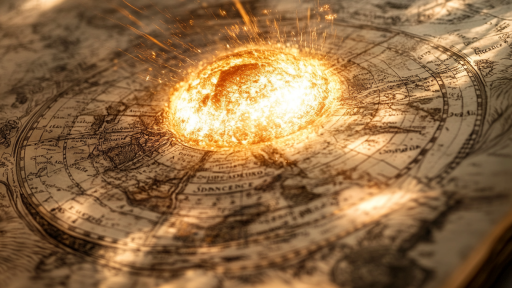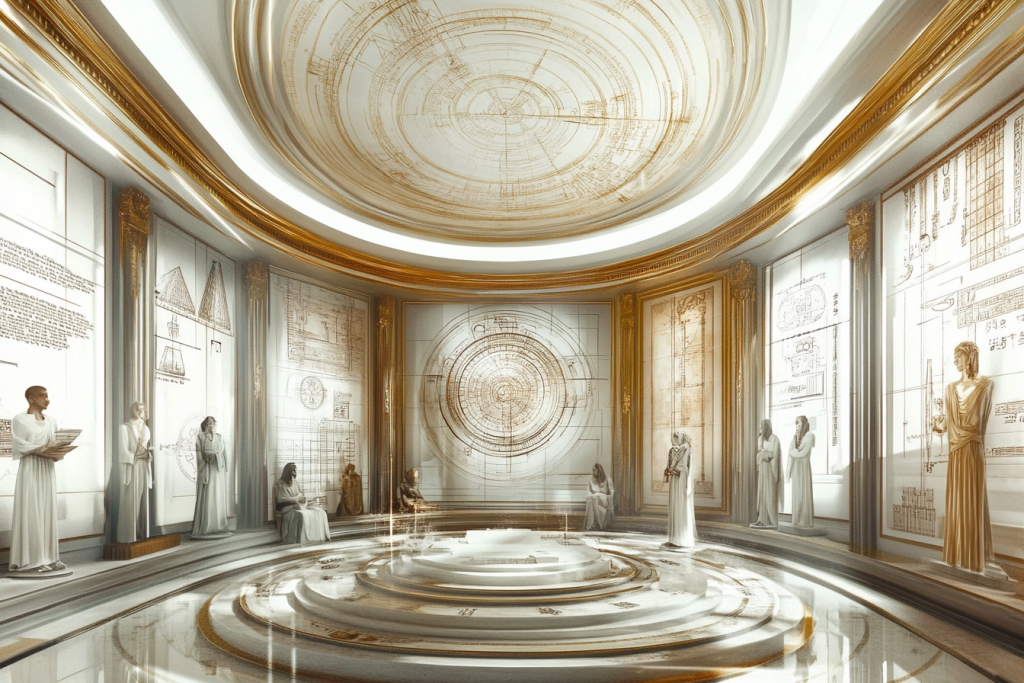
Modern science may seem like a recent triumph, but ancient civilizations had already unlocked many of its secrets long before today’s technology. From advanced medical practices to feats of engineering that defy explanation, these cultures achieved breakthroughs that continue to amaze researchers. Some discoveries were lost to time, while others formed the foundation of modern knowledge. Could it be that we are only rediscovering what our ancestors already knew?
The Antikythera Mechanism – The World’s First Computer
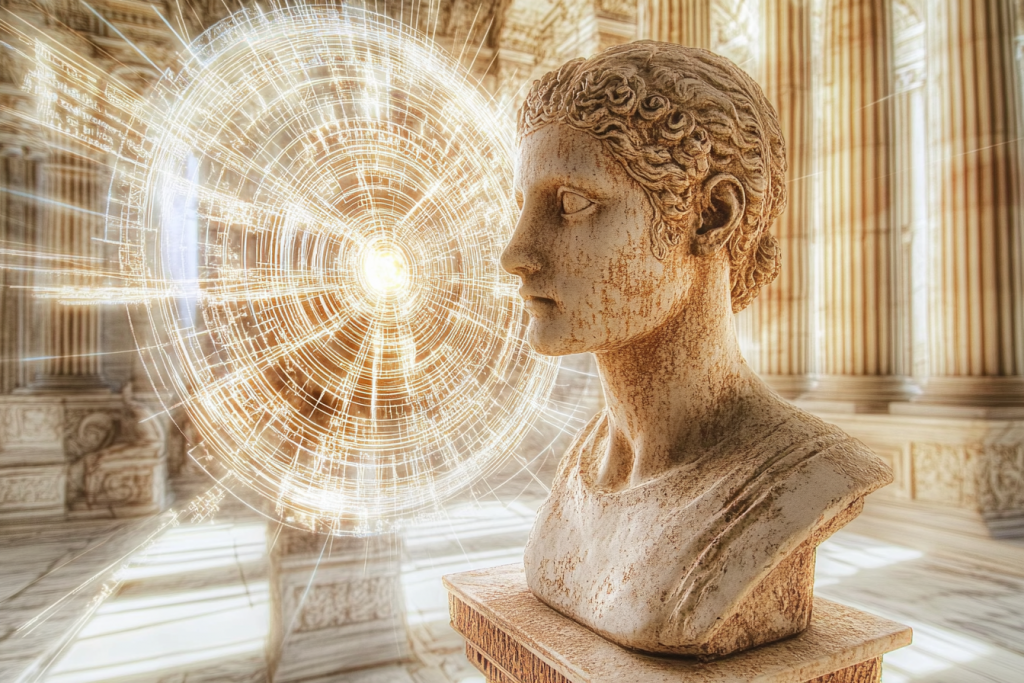
Discovered in a shipwreck off the coast of Greece, the Antikythera Mechanism is an ancient device that has baffled scientists for over a century. Dating back over 2,000 years, this intricate system of gears could predict astronomical positions, eclipses, and even the timing of the Olympic Games. Its complexity suggests a level of engineering far ahead of its time, rivaling 18th-century clockwork mechanisms. How did the ancient Greeks develop such a sophisticated computing device long before modern technology?
The Baghdad Battery – Ancient Electricity?
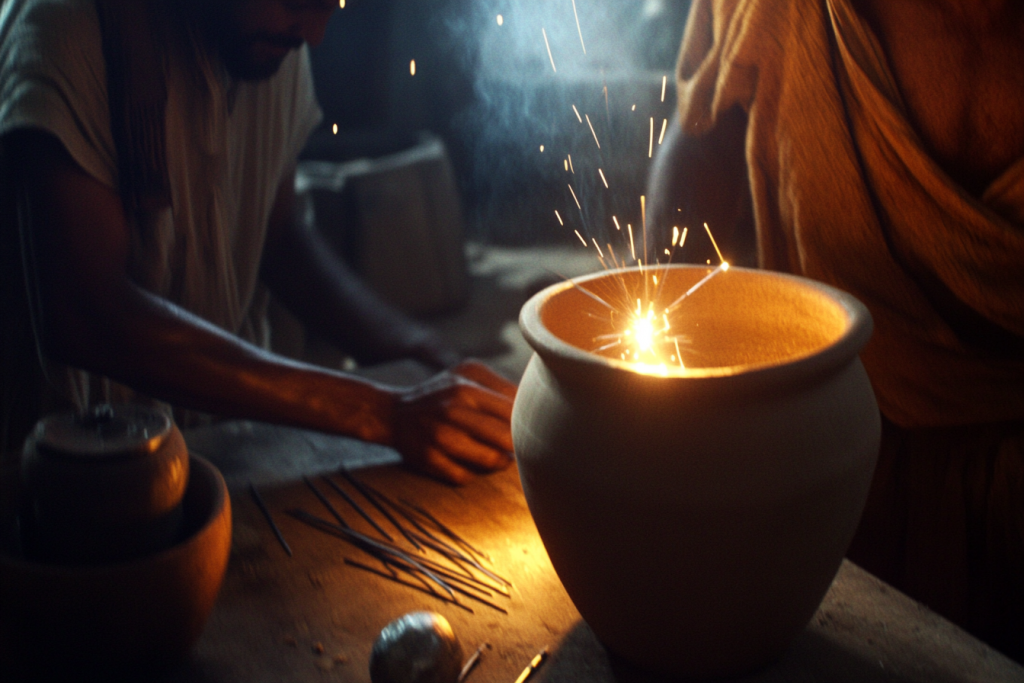
Found in Iraq, the Baghdad Battery consists of a clay jar, a copper cylinder, and an iron rod—components strikingly similar to modern batteries. When filled with vinegar or another acidic liquid, it could generate a small electric charge. Some researchers believe it was used for electroplating metals, while others suggest it was simply a storage vessel. If ancient cultures had electricity, what other technologies might have been lost to time?
The Ayurvedic Surgical Tools of Ancient India
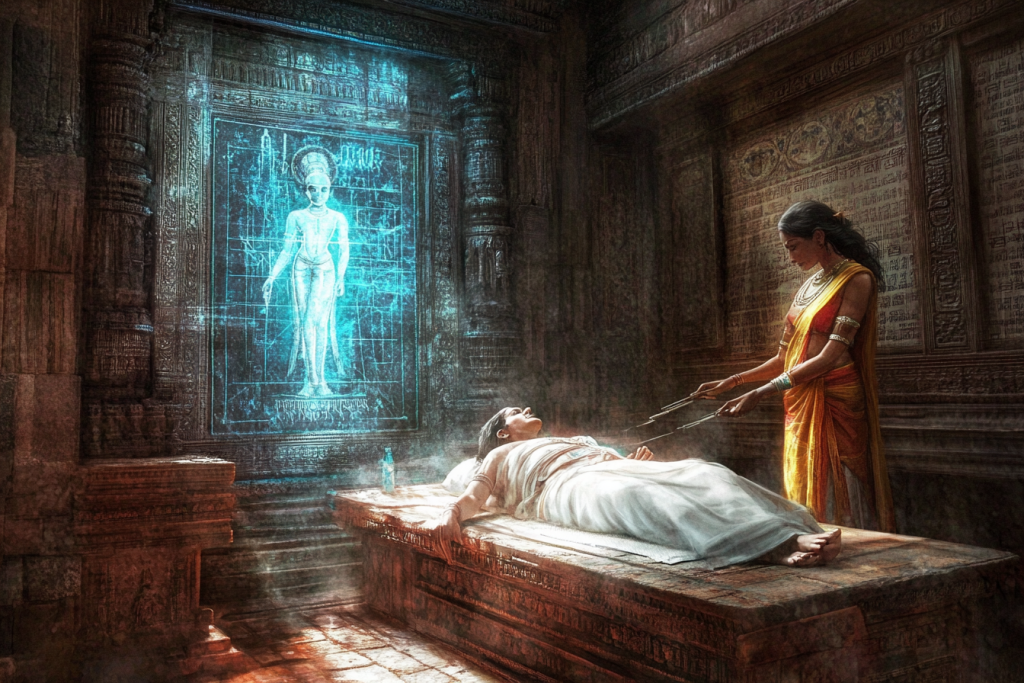
More than 2,500 years ago, Indian physician Sushruta detailed over 125 surgical instruments and complex procedures, including reconstructive surgery and cataract removal. His texts, collectively known as the Sushruta Samhita, describe techniques that modern medicine would not rediscover until the 19th and 20th centuries. Ancient Indian healers even performed skin grafts and rhinoplasty with remarkable precision. How did they acquire such advanced surgical knowledge with no modern tools?
The Mysterious Nazca Lines – Aerial Knowledge in the Ancient World
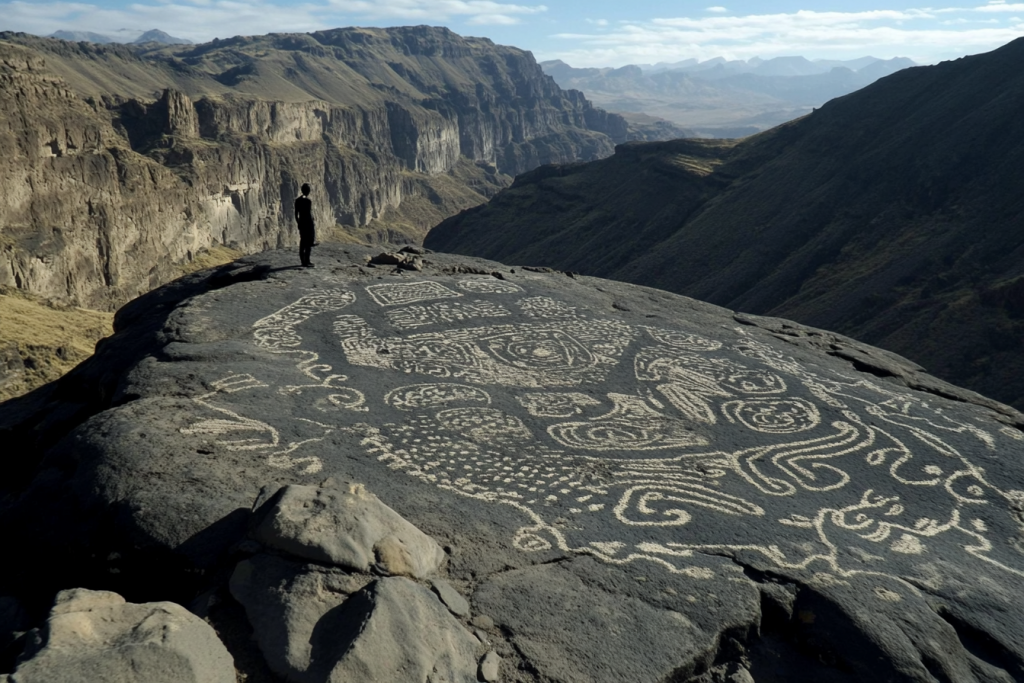
The Nazca Lines in Peru are massive geoglyphs depicting animals, plants, and geometric patterns, some stretching over 1,000 feet long. Visible only from the air, their purpose remains unknown—some believe they were astronomical markers, while others suggest ritual significance. Without aircraft, how did the ancient Nazca civilization create such precise designs on such a vast scale? Could they have possessed knowledge of flight or advanced surveying techniques?
Roman Concrete – A Lost Formula Stronger Than Today’s
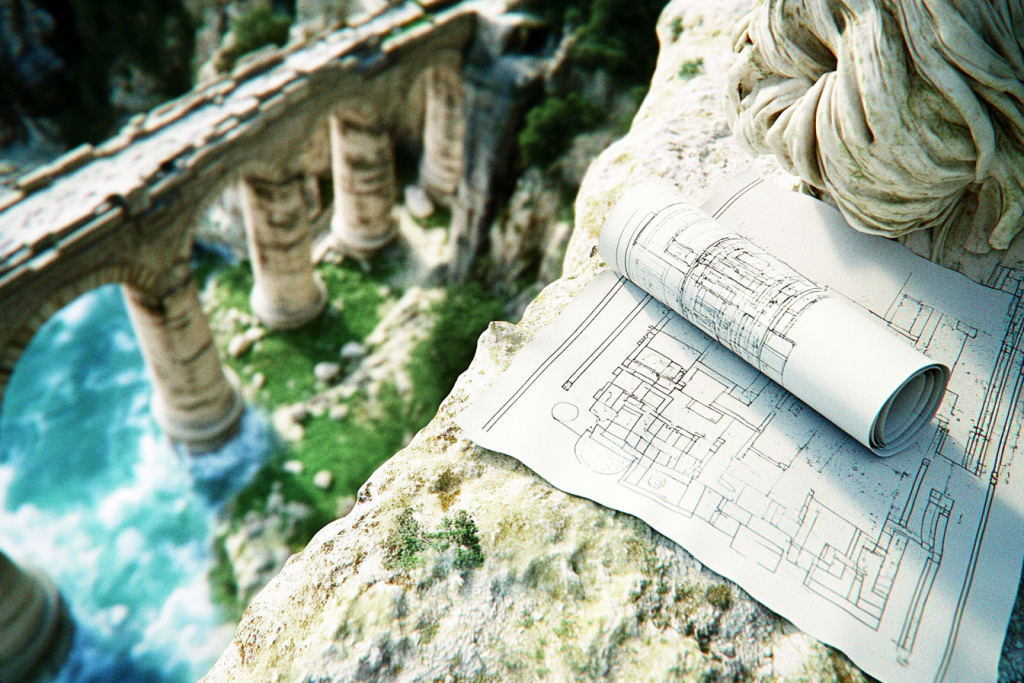
Modern concrete crumbles over time, but Roman concrete has endured for over 2,000 years, even in harsh marine environments. Researchers have discovered that the secret lies in a unique mix of volcanic ash and lime, which reacts with seawater to grow stronger over time. This technology allowed the Romans to build structures like the Pantheon and aqueducts, which still stand today. Have we only just begun to understand the superior materials of the ancient world?
The Chinese Seismoscope – Earthquake Detection in Ancient China

In 132 AD, the Chinese inventor Zhang Heng built the first seismoscope, a device capable of detecting distant earthquakes. It featured a bronze vessel with eight dragon heads, each holding a metal ball that would drop into the mouth of a corresponding frog when seismic activity occurred. This mechanism accurately indicated the direction of an earthquake, centuries before modern seismographs. How did ancient engineers create such a precise instrument without modern technology?
The Healing Power of Ancient Egyptian Medicine
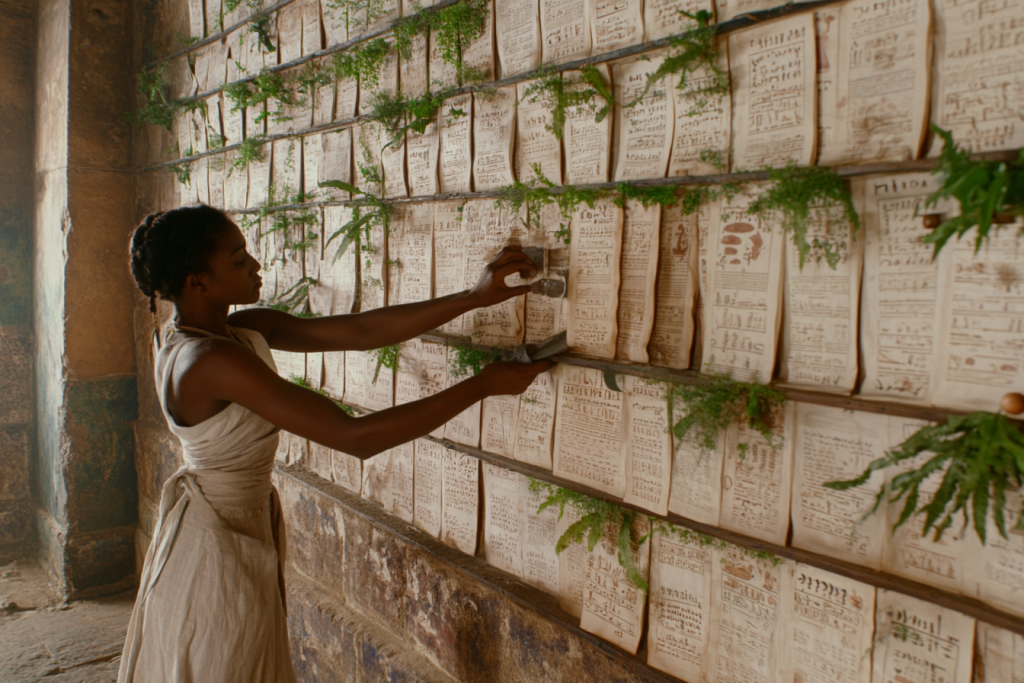
The ancient Egyptians practiced advanced medical treatments, including brain surgery, prosthetics, and wound healing techniques that rival modern medicine. Papyrus texts describe treatments for diseases, dental procedures, and even prescriptions that included honey as an antibiotic—a practice confirmed by modern science. How did they develop such sophisticated medical knowledge without modern research tools?
The Great Pyramid’s Impossible Engineering
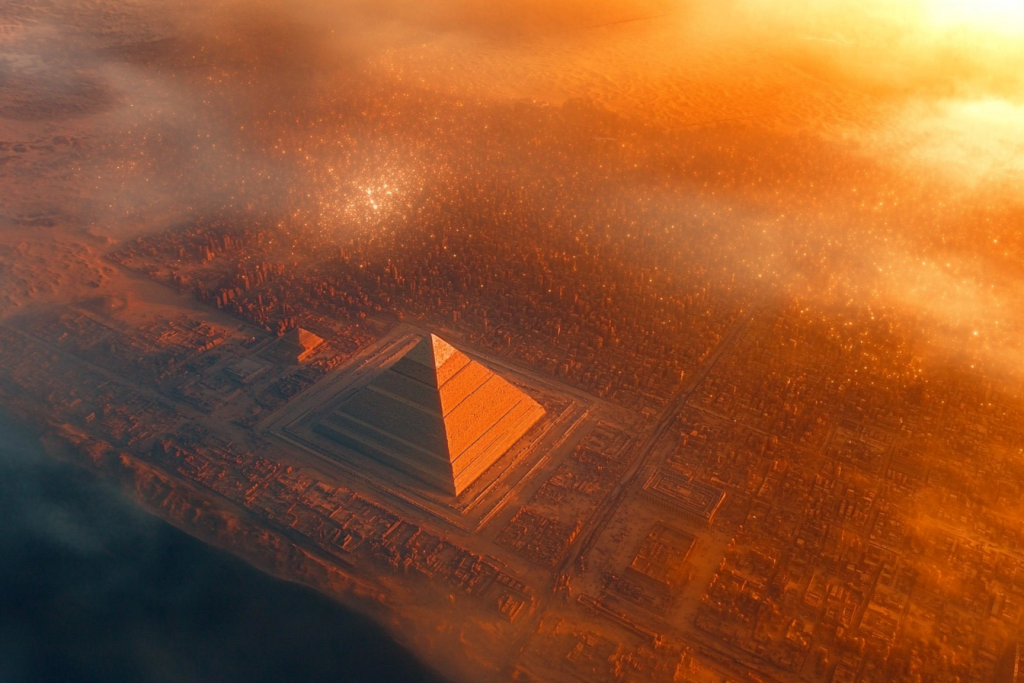
The Great Pyramid of Giza remains one of the greatest engineering mysteries of all time. Built with over 2.3 million limestone blocks, some weighing up to 80 tons, its construction would be challenging even with today’s equipment. The pyramid is aligned with incredible precision to true north, with measurements so precise they defy explanation. Did the ancient Egyptians possess knowledge of mathematics and engineering that has been forgotten?
The Mayan Astronomical Accuracy
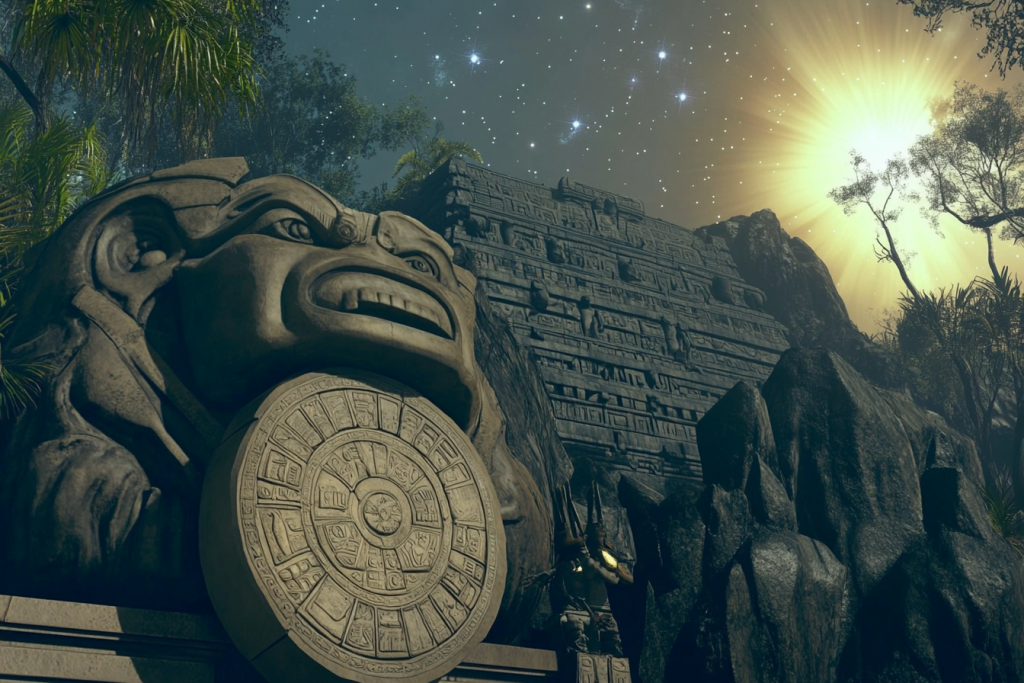
The Maya civilization tracked celestial movements with astonishing accuracy, predicting eclipses and planetary cycles without telescopes. Their calendar system was so precise that modern astronomers have found only slight variations from their predictions. The alignment of their temples with celestial events suggests a deep understanding of astronomy. How did the Maya develop such advanced knowledge of the stars centuries before the invention of modern tools?
Could We Be Rediscovering Ancient Knowledge?
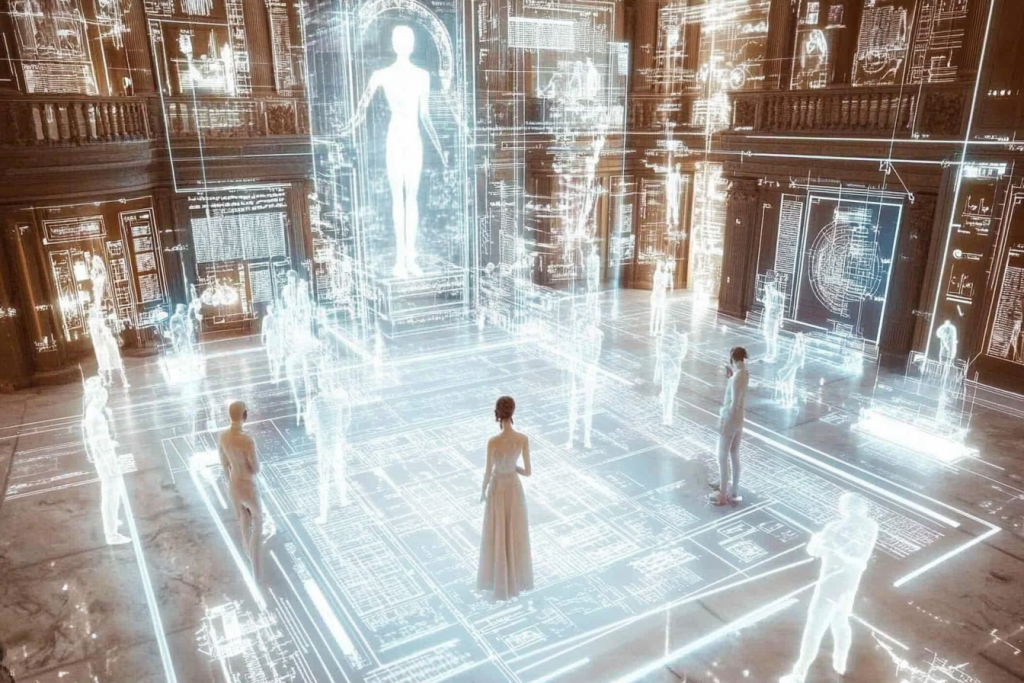
Time and time again, history has shown that ancient civilizations were capable of remarkable feats of science and engineering, many of which were lost and only rediscovered centuries later. Were these cultures simply ahead of their time, or did they possess knowledge we still don’t fully understand? If humanity has already unlocked these secrets once before, what other forgotten breakthroughs might still be waiting to be rediscovered?

